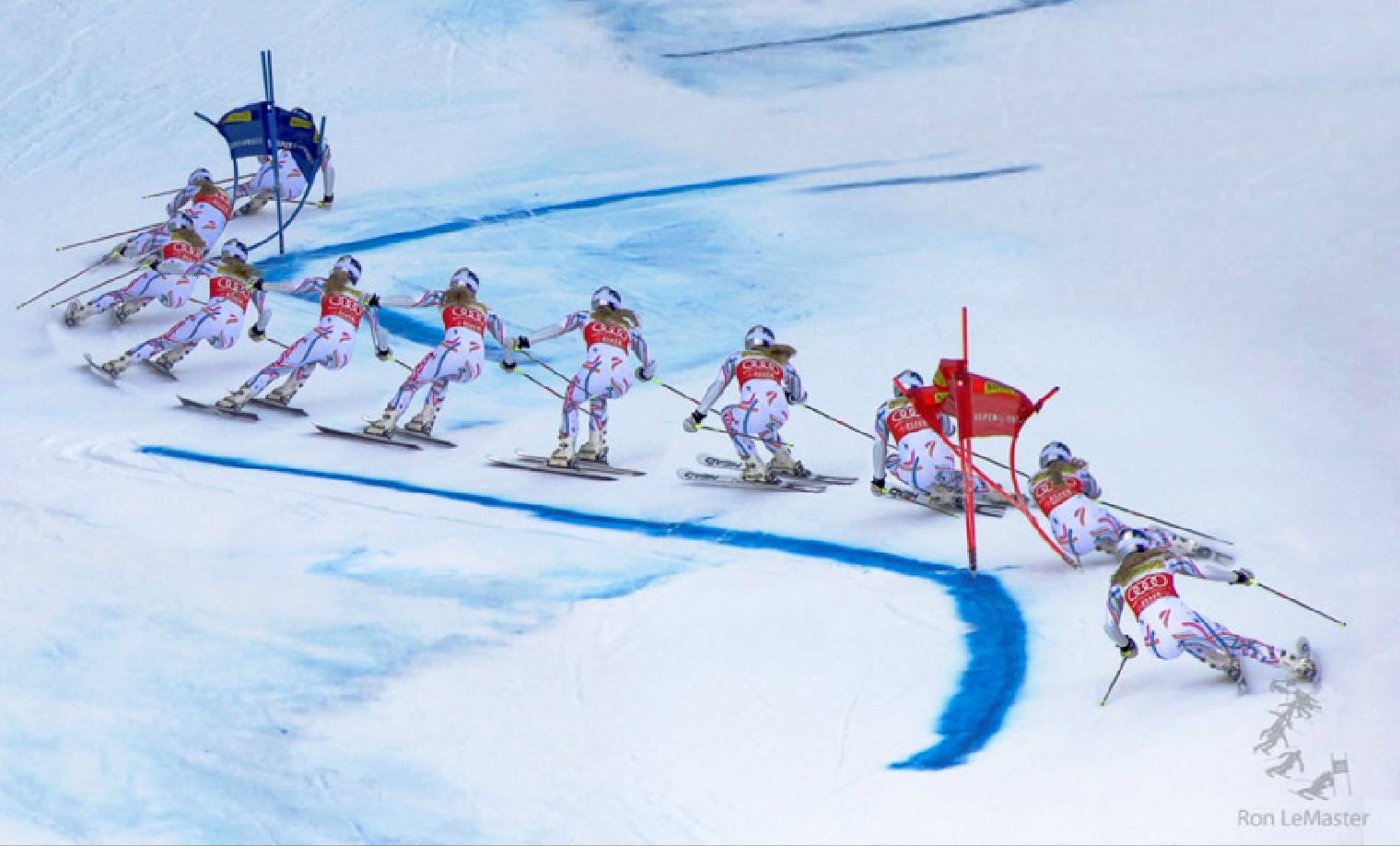So you are both saying that when you flex gravity goes away? Really? Interesting. The point I am trying to make is that gravity still effects you, yes even when we flex. So when we remove our bos our com moves downward towards the center of the earth. Does it not? Or are we re-writing physics here on Pugski?
You two are talking two different things.You ask "Does it not?"
Answer from experience: No, it does not.
I think you need to go out onto snow as soon as you can and try flexing the old outside leg/new inside leg in a completed turn, while doing nothing else. You will not fall down to the old inside, I guarantee it. And you'll be able to put a new movement pattern in your tool box.
Old dogs DO learn new tricks. I'm old and I affirm this message.
Loki1 is correct, gravity prevails. Of course. Remove the BOS from anything, doesn't have to be a skier, and it will move downward. Note that the rate of downward movement starts at zero and increases exponentially, but it is the starting at zero that gives us time to react. A good example of Loki1's statement is a strong retraction turn. If you are successful in achieving an honest and rapid retraction (without a cheating pre-hop), your feet will come off the ground even if ever so slightly, your BOS is gone, and your COM will lower. Otherwise Newtonian physics is myth.
LiquidFeet is talking about translational movement, flexing the old outside leg at the very end of the old turn, projecting the COM down the slope, (Down-slope is not the same as vertical) this is not the same as removing the BOS. The COM does not move vertically here. It's path only has a vertical component.
Liquidfeet, ask yourself this - where in the turn you describe is the pressure on the outside foot the greatest, and where is it the least? That leads you to the answer, and it isn't related to falling inwards or to removing the BOS. Flexed leg ≠ zero support.
Last edited:

 .
.
 ... etc
... etc